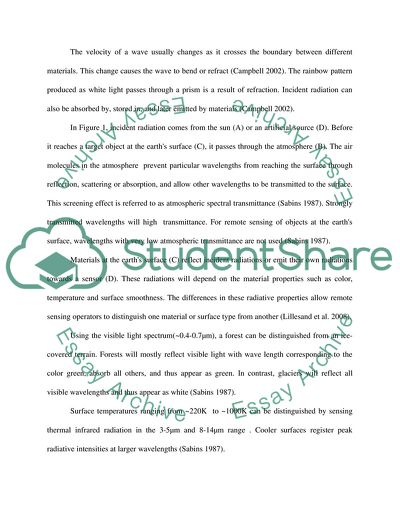Cite this document
(Remote Sensing and Image Processing Essay Example | Topics and Well Written Essays - 1500 words, n.d.)
Remote Sensing and Image Processing Essay Example | Topics and Well Written Essays - 1500 words. https://studentshare.org/engineering-and-construction/1743325-remote-sensing-and-image-processing
Remote Sensing and Image Processing Essay Example | Topics and Well Written Essays - 1500 words. https://studentshare.org/engineering-and-construction/1743325-remote-sensing-and-image-processing
(Remote Sensing and Image Processing Essay Example | Topics and Well Written Essays - 1500 Words)
Remote Sensing and Image Processing Essay Example | Topics and Well Written Essays - 1500 Words. https://studentshare.org/engineering-and-construction/1743325-remote-sensing-and-image-processing.
Remote Sensing and Image Processing Essay Example | Topics and Well Written Essays - 1500 Words. https://studentshare.org/engineering-and-construction/1743325-remote-sensing-and-image-processing.
“Remote Sensing and Image Processing Essay Example | Topics and Well Written Essays - 1500 Words”. https://studentshare.org/engineering-and-construction/1743325-remote-sensing-and-image-processing.


